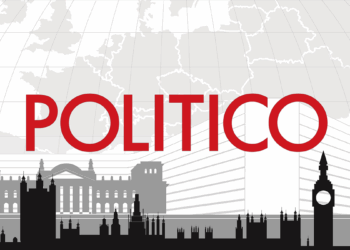Imagine living in a country where you can’t trust the government’s numbers.
I don’t have to imagine it. I spent time in China and the Soviet Union in the 1980s. Numbers that reflected poorly on the government or the ruling party sometimes didn’t appear at all or were massaged carefully before they were published.
Over drinks in Beijing more than 40 years ago, a senior Chinese statistician explained the earnest efforts that he and his colleagues were making to measure the economy. “It can be awkward,” he said. “The officials don’t always want to see what we have to report.”
No informed person believed all the official data, but there were workarounds. Foreign governments used satellite photos of rice paddies, steel plants during shift changes and the lights in major cities at night, along with other measures, to estimate the size of the harvest, steel production and electricity consumption. Even rough estimates were valuable.
U.S. official data isn’t tainted like this, but it may be heading there.
President Trump didn’t like the numbers he was seeing in the latest government jobs report last Friday. So he fired the head of the Bureau of Labor Statistics, the agency in charge of producing them.
The president said the agency had manipulated the numbers for political reasons, but, as my colleague Ben Casselman has reported, most economists dismiss that claim.
The furor over statistics comes at a critical moment for the economy. So much is changing — with soaring tariffs, rising deportations and the artificial intelligence boom — that we need to know where the economy is heading. Mr. Trump has cast doubt on the official data precisely when we need it most.
Thank you for your patience while we verify access. If you are in Reader mode please exit and log into your Times account, or subscribe for all of The Times.
Thank you for your patience while we verify access.
Already a subscriber? Log in.
Want all of The Times? Subscribe.
The post What if You Can’t Believe the Official Numbers? appeared first on New York Times.




